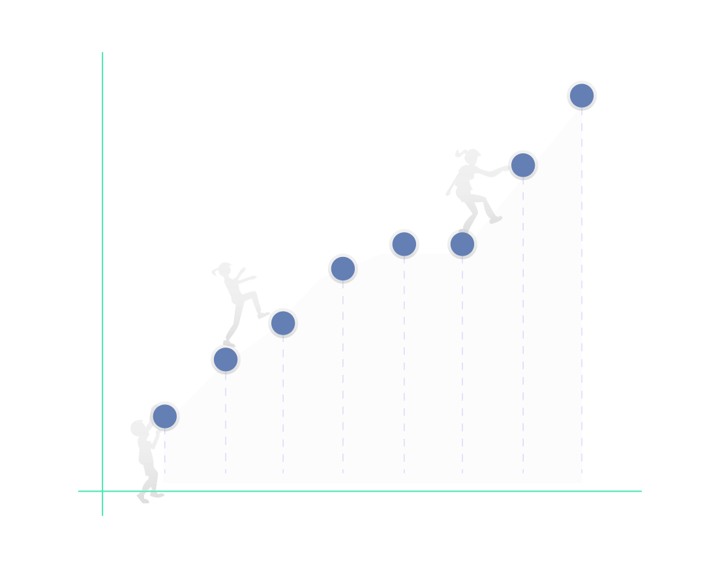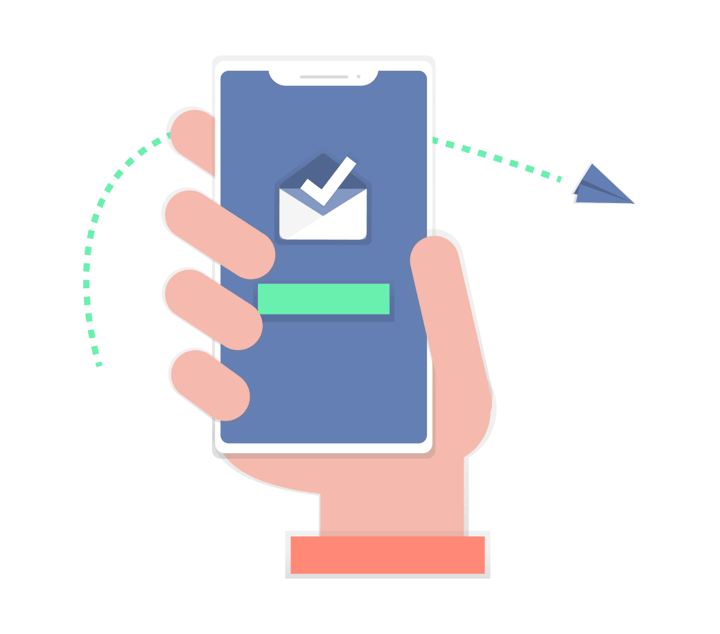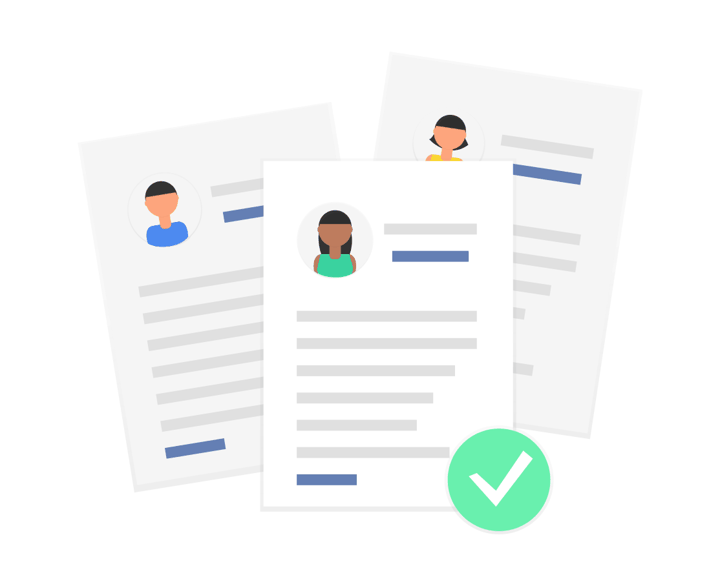
Hiring blue-collar and semi-skilled workers is hard. Really hard.
If you’re getting applications for your job but roles go unfilled because you never hear from people or because people turn down your offers, these can be clear ways to get more hires. In this post, we go through 4 key numbers that you can focus on to improve your hiring process:
- Time from Application to First Outreach
- Time to Respond to a Message from an Applicant
- Days from Application to Hire
- Average Tenure of Employees After They’re Hired
If we had to sum this up: Hiring is like sales and marketing, and speed (of outreach, response and of hire) lets you beat the competition. Think about someone buying a new car - if you’re the first dealership they go to, the customer is really yours to lose. Alternatively, think about it from the other side - if you have a really slow and painful recruiting process, you’re likely to be left only with the applicants who have been rejected by everyone else and are desperate.
1. Time from Application to First Outreach

When someone first applies, you’re top of mind. The longer you take to review the application and contact them, the more likely they’ve forgotten about you or that they’ve found a new job that they are more interested in. Get in the habit of reviewing once a day if you can, and then, if you like someone, don't wait to contact them by shooting them a text or an email.
One way we think about this is putting ourselves in the applicants' shoes - we all like to hear back quickly, especially when we’re worried about being rejected or ignored. By reviewing quickly, your applicants are likely to be excited to hear from you - and actually know who you are.
2. Time to Respond to a Message from an Applicant

In a world where everyone has a smartphone, people are used to getting responses right away when they reach out - especially if they reached out via a text message. If you leave them waiting, they’re much more likely to take the job that is responsive or to be less frustrated with their current job.
A couple of strategies:
- Update people regularly on what’s happening. Don’t hesitate to reply to a message from an applicant saying you need more time to look into something, telling them you’re still considering their application or that you need to check with someone else - the important thing is just establishing a clear line of communication.
- Use Text. A key advantage of text is that you can immediately deliver a personalized message - and that message can be something that you re-use across applicants (but personalized slightly). For example, if someone asks about what’s required for a job, you don’t need to re-write that response every time - you can just copy it and re-use it after changing the applicant name (or do this automatically if you are using a text platform like Team Engine).
In general, response time is best measured in hours rather than days.
3. Days from Application to Hire

The typical jobseeker can’t afford to sit around without getting paid - so it’s often true that they take the first job offer they get that is a good fit. Once they’ve taken an offer, your chances of hiring them are typically done.
To this end, if you can get applicants through the hiring process quickly, whether to ultimately giving them an offer or to rejecting them, you’ll end up hiring more of the best people.
Other than the improvements we talked about above (reviewing their applications faster and getting in touch quickly), a few other key ways to shorten the time between their first application and the day they first show up for work:
- Set interviews to be as soon as possible. We see that companies that get applicants into the office within a few days of their application have much lower no-show rates on interviews. We also recommend asking any make or break screening up front by text / email / phone so you’re just focused on interviewing people who might be fits.
- Don’t require applicants to make multiple trips to your office. If there are any steps that should happen in the office, try to do all these at once.
- Complete post-interview steps quickly (background and insurance checks, etc) and keep the applicant updated on where they stand.
In addition to increasing your hires, a shorter recruiting process makes everything much more predictable since you’ll more quickly know who’s going to work out and who’s not.
4. Average Tenure of Employees After They’re Hired
While all of the above helps you hire more people, at the end of the day, the best way to keep all of your positions filled is to retain your current employees for longer. If you can increase the average tenure of employees after they’re hired, you’ll need to hire less often.
A couple of ways to improve retention:
- Make sure to regularly check in with employees. Whether it’s a formal employee survey or just asking how things are going, these check-ins let you pick up on frustrations before someone starts looking for another job and then to address them.
- Leverage employee referrals to build your team. People like working with people they know. Referrals increase retention of both the new hire and the referrer.
Overall, perhaps the best way to keep people longer is to hire better. If you hire someone who is a great fit for your job (and for whom your job is a great fit), they’re much more likely to stick around. This goes beyond the job itself - it includes what their commute is like, the salary and benefits they want, and how it fits into their life.
All Hires Aren’t Created Equally
Hiring goes way beyond just getting applicants. Having a great (and fast) hiring process will let you win the best applicants. By having these numbers as a rough rule of thumb, you’ll be able to better focus on the little things that can improve your hiring day in and day out.
We've compiled a list of of hiring tools that can help you achieve these four numbers. Head over to The Right Hiring Tools Means More Qualified Candidates to learn more.

